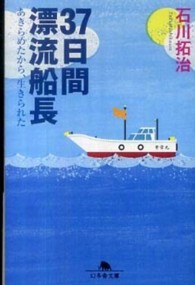Full Description
Complex hunter-gatherers have captivated anthropological and archaeological interest during the last two decades of the 20th century. Where it was once commonplace to view hunting and gathering as little more than a starting point for social evolution, in the 21st century, scholars appreciate great diversity in past and present hunter-gatherer societies. The challenge of explaining the development of complexity in hunter-gatherer groups breathes new life into hunter-gatherer studies, focusing not only on adaptive variation but also on evolution and history. This book makes a contribution to the developing field of complex hunter-gatherer studies with an archaeological analysis of the development of one such group. It examines the evolution of complex hunter-gatherers on the North Pacific coast of Alaska. It strives to account for the dynamics and processes that transformed a population from low density, disaggregated, relatively mobile, and relatively egalitarian organizations into the demographically dense, sedentary, aggregated, militaristic, and ranked/stratified populations around the North Pacific by the time of ethnographic contact.
To do so, this book examines 7000 years of archaeological history on the Kodiak Archipelago - a region that 250 years ago was part of a broader phenomenon of complex hunter-gatherers ringing the North American Pacific Northwest Coast from California to the Aleutian Islands.








